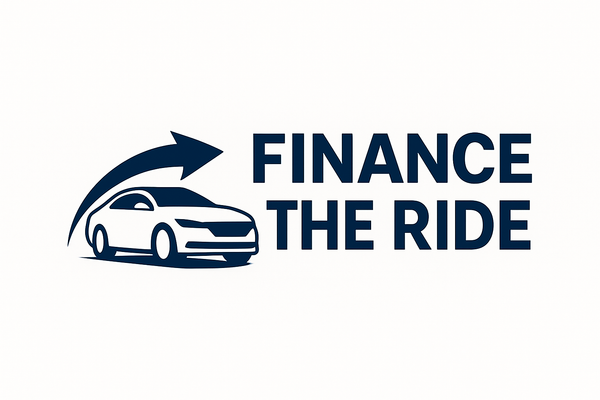Applying for a car loan is a common financial decision for Australians looking to purchase a vehicle. Understanding the process can help you navigate the application smoothly, secure a competitive loan, and make informed financial decisions. Here’s an overview of how the car loan application process works in Australia.
- Assess Your Financial Situation
Before applying for a car loan, the first step is to assess your financial situation. Lenders will evaluate your income, existing debt, and expenses to determine your ability to repay the loan. Take the time to calculate your monthly budget, including any other financial obligations, and ensure you can comfortably manage the loan repayments.
It’s also a good idea to check your credit report. Your credit score plays a significant role in the application process, as it reflects your creditworthiness. A higher credit score increases your chances of getting approved for a loan with more favourable terms, such as lower interest rates.
- Choose the Right Type of Loan
In Australia, car loans typically come in two types: secured and unsecured loans.
- Secured car loans require the car itself as collateral. These loans often come with lower interest rates, but if you fail to repay the loan, the lender can repossess the vehicle.
- Unsecured car loans do not require collateral, but they usually come with higher interest rates because they represent a higher risk to the lender.
It’s important to consider your financial situation and which type of loan suits your needs.
- Research Lenders and Loan Offers
Next, research different lenders to compare their car loan offers. This could include banks, credit unions, online lenders, and other financial institutions. Compare the following elements:
- Interest rates: The rate you’ll pay on the borrowed amount.
- Loan terms: The length of time to repay the loan (typically between one to seven years).
- Fees: Some loans come with establishment fees, monthly fees, or penalties for early repayment.
- Repayment flexibility: Look for a loan that allows you to make extra repayments or pay off the loan early without penalties.
Shopping around for the best deal can help you secure a more affordable loan.
- Submit Your Application
Once you’ve chosen a lender, you can submit your loan application. Most lenders will ask for the following documents:
- Proof of identity: Passport, driver’s license, or other identification.
- Proof of income: Payslips, bank statements, or tax returns.
- Details of existing debts: Lenders may ask about other loans or financial obligations.
- Information about the car: If you’re applying for a secured loan, provide details of the vehicle you plan to purchase.
- Loan Assessment and Approval
After you submit your application, the lender will assess your financial situation, credit history, and the car you want to buy. This process may involve a credit check and a valuation of the vehicle if the loan is secured. If everything checks out, the lender will approve the loan and provide you with the loan offer, which includes the amount you can borrow, the interest rate, and the repayment schedule.
- Sign the Agreement
If you’re satisfied with the loan offer, you’ll need to sign the loan agreement. Be sure to read the terms and conditions carefully, paying attention to fees, penalties, and any other clauses that could affect you during the loan term.
- Receive the Loan and Purchase the Car
Once the loan is approved and the agreement is signed, the lender will disburse the funds, either directly to you or to the car dealership. You can then complete the purchase of the vehicle and begin making regular repayments.
- Manage Your Repayments
Once you’ve obtained your car loan, it’s important to keep track of your repayments. Set up automatic payments to avoid missing any due dates. If your financial situation changes, contact your lender to discuss repayment options, such as altering your repayment schedule or refinancing.
Conclusion
The car loan application process in Australia involves several key steps, from assessing your financial situation to submitting an application and securing the loan. By researching different loan offers, comparing interest rates, and understanding the terms and conditions, you can make an informed decision that best suits your needs and budget. Whether you're purchasing your first car or upgrading to a new vehicle, following this process will help you navigate the loan application smoothly.
DISCLAIMER
The information provided on this website is general in nature only and has been prepared without considering your financial needs, circumstances and objectives and should NOT be construed as financial, taxation or legal advice. For more information, get in touch with our experienced partner brokers today.












